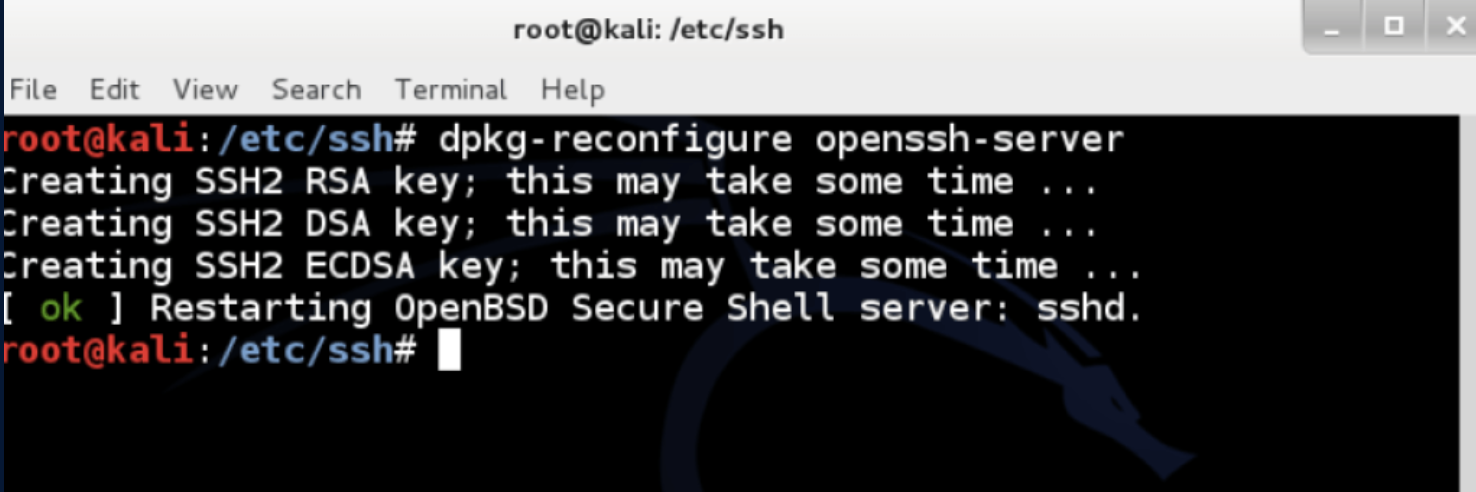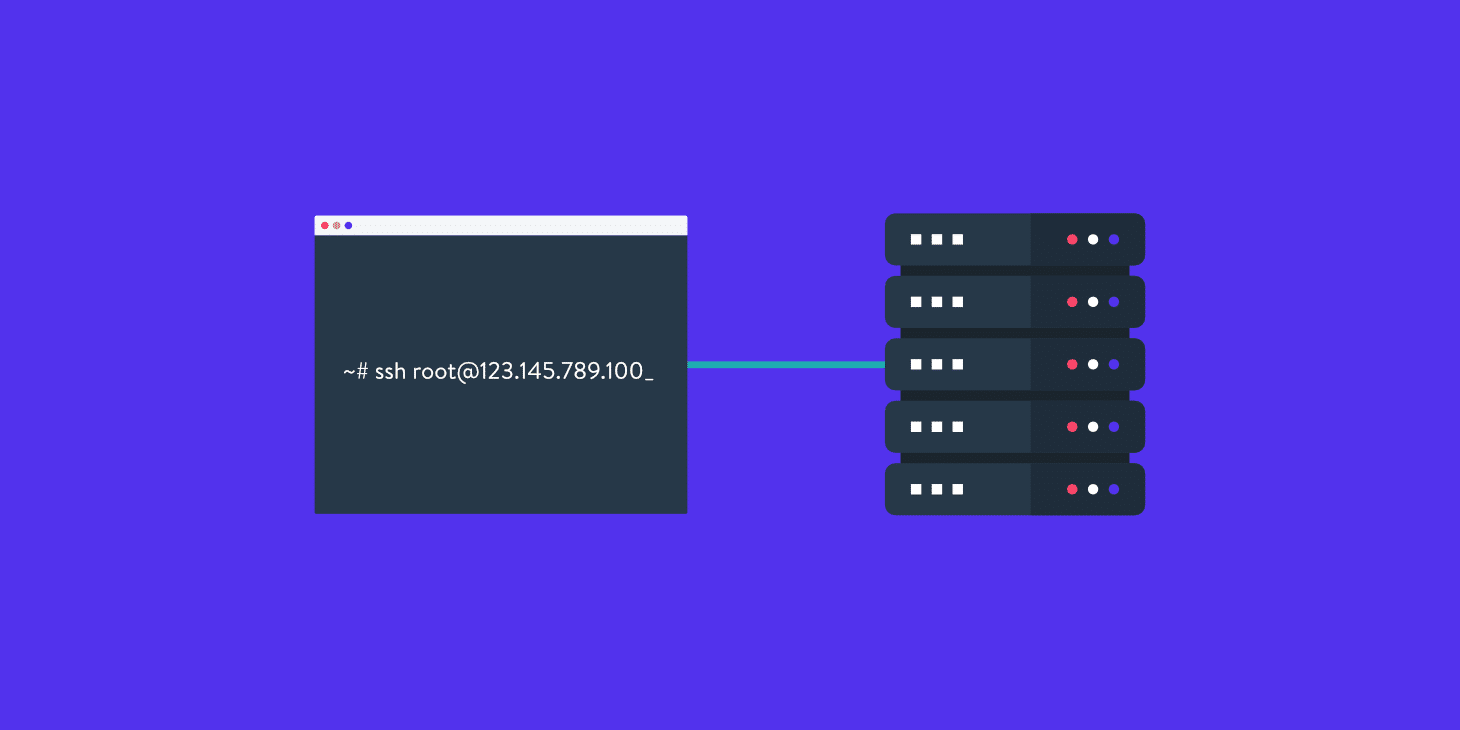

The normal user cant change this settings even if he/she wanted to stay logged in the. I have ruled out this possibility by noting that sessions from the same Windows host to other Linux hosts (not Rocky 8) do not close. The inactive user will automatically be logged out after 100 seconds.

It occurred to me that perhaps a firewall sitting between my client and server might be monitoring connections and actively closing (via TCP FIN, perhaps) those that have been idle for some time. Sets a timeout interval in seconds after which if no data has been received from the client, sshd (8) will send a message. This environment variable is not set anywhere. The timeout command exits with code 124 if a timeout occurs. Need information about the options available to set ssh timeout values. I have searched for TMOUT in all regular files in the entire file system. You could wrap the call to ssh using the timeout command. SSH connections disappears due to inactivity. etc/ssh/sshd_config has ClientAliveInterval set to 0. I will explain below the potential causes I've ruled out. I am trying to understand how these sessions are being closed. I have not measured the timeout, but it seems to be on the order of a small number of hours.

In your Red Hat root directory, you have to find and edit the sshdconfig.txt file to solve these timeout problem. This problem occurs due to the invalid response time form either the client end or the host end. These sessions close after a period of inactivity. When you’re connected to the SSH on Red Hat Enterprise Linux (RHEL), you may get a frequent timeout problem and get your connection lost.
#Linux ssh shell timeout windows 10
I am connecting via SSH from PuTTY running on Windows 10 to an OpenSSH server on Rocky Linux 8.


 0 kommentar(er)
0 kommentar(er)
